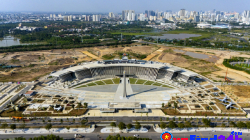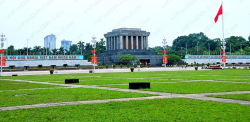Discover the endless beauty of Thang Long Imperial Citadel HaNoi
Listing Details
Hanoi, Ha Noi
1 year ago
Additional Details
99
6k
Description
In the heart of Vietnam's bustling capital city, Hanoi, lies a treasure trove of history and culture - the Thang Long Imperial Citadel. Steeped in antiquity and boasting a rich heritage that dates back over a thousand years, this ancient citadel holds the key to understanding Vietnam's illustrious past and its enduring spirit. For centuries, it served as the political, cultural, and economic center of the nation, witnessing the rise and fall of dynasties, the ebb and flow of civilizations, and the fusion of diverse traditions.
Today, as a UNESCO World Heritage Site, the Thang Long Imperial Citadel stands as a living testament to Vietnam's resilience and its determination to preserve its cultural legacy for generations to come.
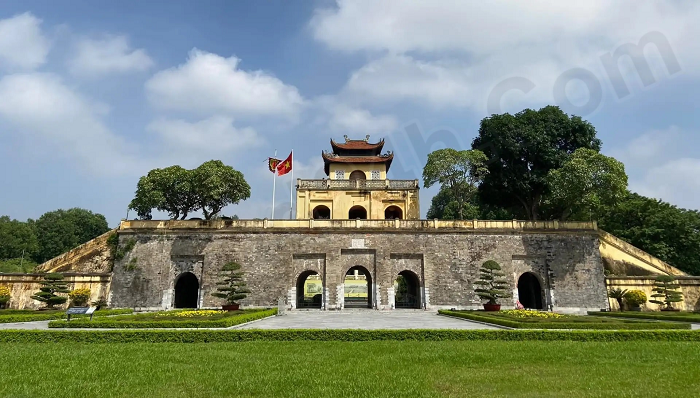
1. Historical Background
The roots of the Thang Long Imperial Citadel can be traced back to the legendary founding of Hanoi itself. According to Vietnamese folklore, in 1010, the great King Ly Thai To moved the capital from Hoa Lu in the north to Thang Long, now modern-day Hanoi. The name Thang Long translates to "Rising Dragon," and it symbolizes the aspiration of the Vietnamese people for strength and prosperity. Thus, the citadel was constructed to serve as the royal residence, administrative center, and symbol of imperial power.
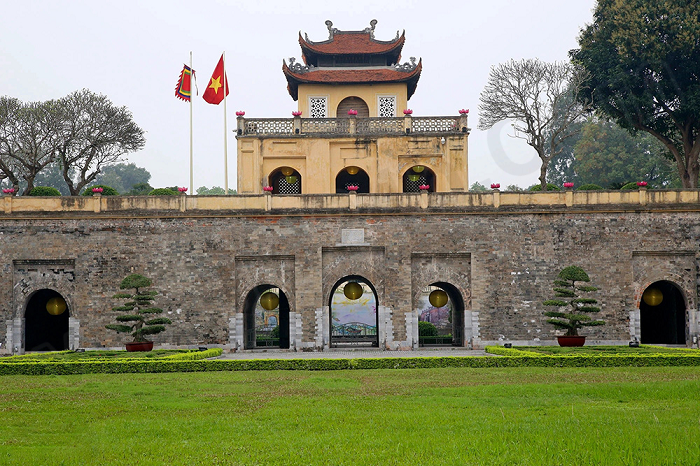
2. Architectural Marvel
The Thang Long Imperial Citadel reflects the diverse architectural styles that have influenced Vietnam over the centuries. It was built using traditional Chinese architectural principles, as the country was under Chinese domination during the early years of its existence. The citadel was constructed primarily with bricks and features a series of concentric walls and moats, embodying the typical layout of ancient Southeast Asian citadels. Its rectangular shape covers an area of approximately 40 hectares, and its impressive walls reach up to 12 meters in height, once standing as a formidable defense against invaders.
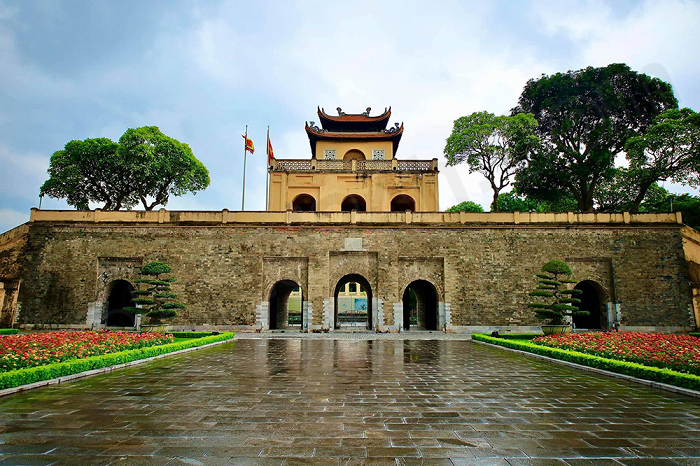
3. The Citadel's Layout
The citadel is divided into several sections, each playing a unique role in the governance of the nation. The central sector, known as the Hoang Thanh (Royal Citadel), was reserved for the emperor and his court, where ceremonies, meetings, and other important state affairs took place. The Forbidden City within the Royal Citadel was where the emperor and his family lived, surrounded by a sense of grandeur and mystique.
Beyond the Royal Citadel lies the Dai La Citadel, which acted as the military headquarters and barracks for the imperial army. This outer area was instrumental in protecting the core of the citadel and the capital city as a whole.
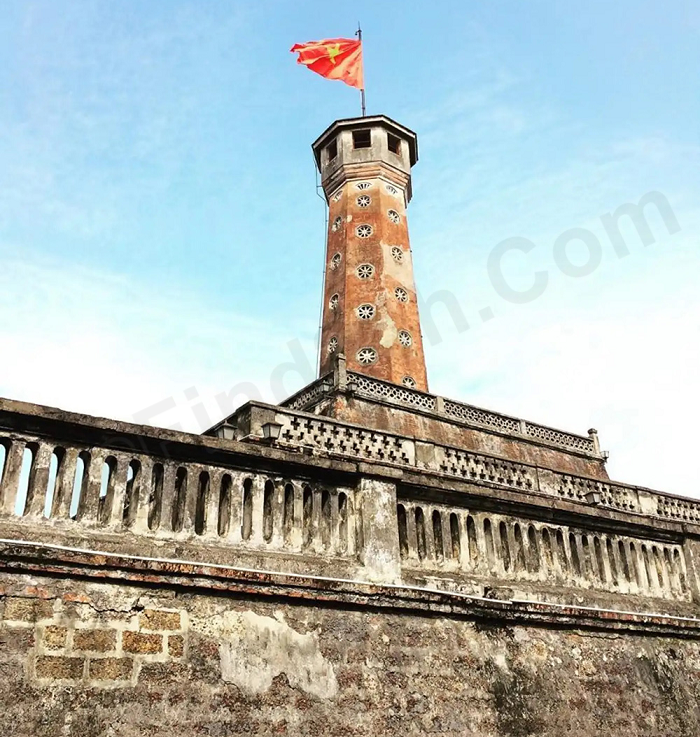
4. Historical Significance
The Thang Long Imperial Citadel played a crucial role in the shaping of Vietnam's history. For eight centuries, it served as the seat of power for various ruling dynasties, including the Ly, Tran, Le, and Nguyen dynasties. Each dynasty left its mark on the citadel, expanding its boundaries, adding new structures, and infusing their unique architectural styles. The citadel also witnessed significant political events, such as the proclamation of Vietnamese independence by Emperor Gia Long in 1802, which marked the beginning of the Nguyen Dynasty.
Furthermore, the Thang Long Imperial Citadel acted as a cultural melting pot, where Vietnamese customs blended with those of China, Champa, and other regional powers. This cultural exchange contributed to the diversity and richness of Vietnam's heritage.
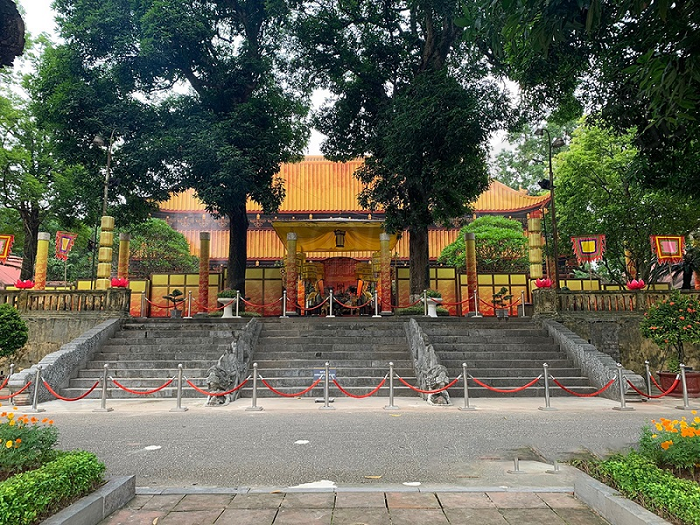
5. Challenges and Restoration
Over the centuries, the Thang Long Imperial Citadel faced numerous challenges, including wars, foreign invasions, and the passage of time. Unfortunately, during the French colonial period, significant portions of the citadel were demolished to make way for modernization efforts. However, after Vietnam gained independence, efforts were made to preserve and restore the citadel to its former glory.
In 2010, the archaeological site of the Thang Long Imperial Citadel was recognized as a UNESCO World Heritage Site, further highlighting its significance to world history and culture. The ongoing restoration projects aim to revive the citadel's ancient splendor and protect its remaining structures for future generations.
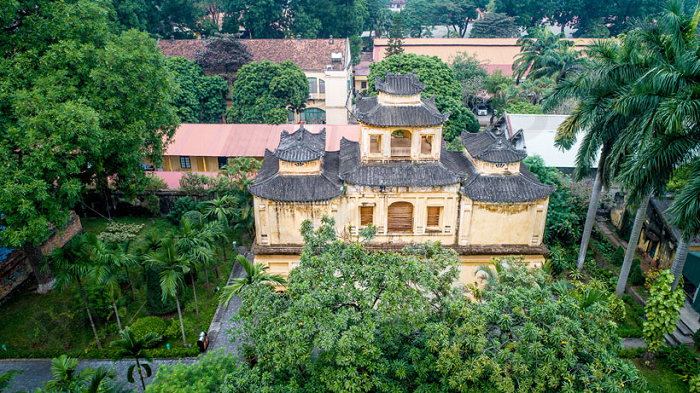
6. Visiting the Thang Long Imperial Citadel
Today, the Thang Long Imperial Citadel welcomes visitors from all around the world to explore its captivating historical past. As you step through the imposing entrance gates, you are transported back in time, surrounded by centuries-old walls that still resonate with the echoes of bygone eras.
The site features a museum where visitors can learn about the citadel's history, view artifacts, and understand its cultural context. Additionally, guided tours provide insights into the architectural marvels and historical events that took place within its walls.
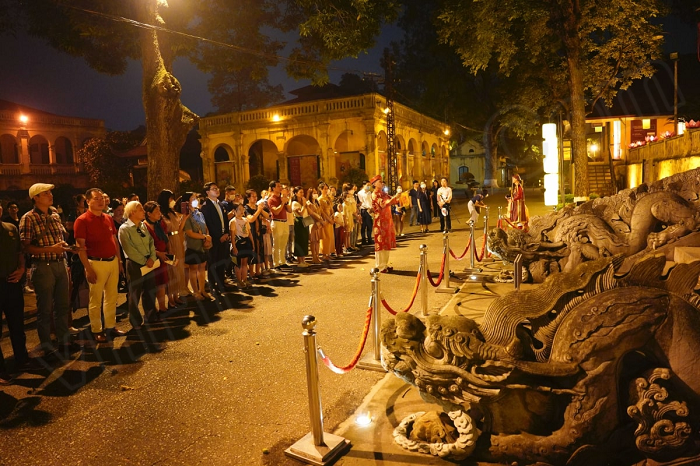
The Thang Long Imperial Citadel in Hanoi stands as a living testament to Vietnam's rich history, a witness to the nation's evolution through the ages. It embodies the spirit of the Vietnamese people, their struggles, triumphs, and unwavering determination to preserve their cultural heritage. This ancient citadel serves not only as a reminder of the past but also as a beacon of hope for the future, inspiring generations to come to cherish and protect the cultural treasures that define their identity. For those seeking a journey through Vietnam's historical heart, the Thang Long Imperial Citadel in Hanoi promises an unforgettable and enlightening experience.
Opening time: 8.00AM – 17.00PM everyday (except for Monday)
Entrance gate: No. 19C Hoang Dieu Street, Ba Dinh district.
Entrance fee: + Ticket Price: ~ $1.4/person.
* Note: Make the most of your trip to Hanoi by including a visit to two remarkable landmarks: the Museum of Military History and the Hanoi Flag Tower. Delve into Vietnam's rich history at the museum, where you can explore fascinating exhibits and artifacts from various eras. Adjacent to the museum, the Hanoi Flag Tower stands tall as a symbol of the city's enduring heritage. Don't miss the chance to experience the cultural and historical treasures these sites have to offer on your journey through Hanoi.
Show More








